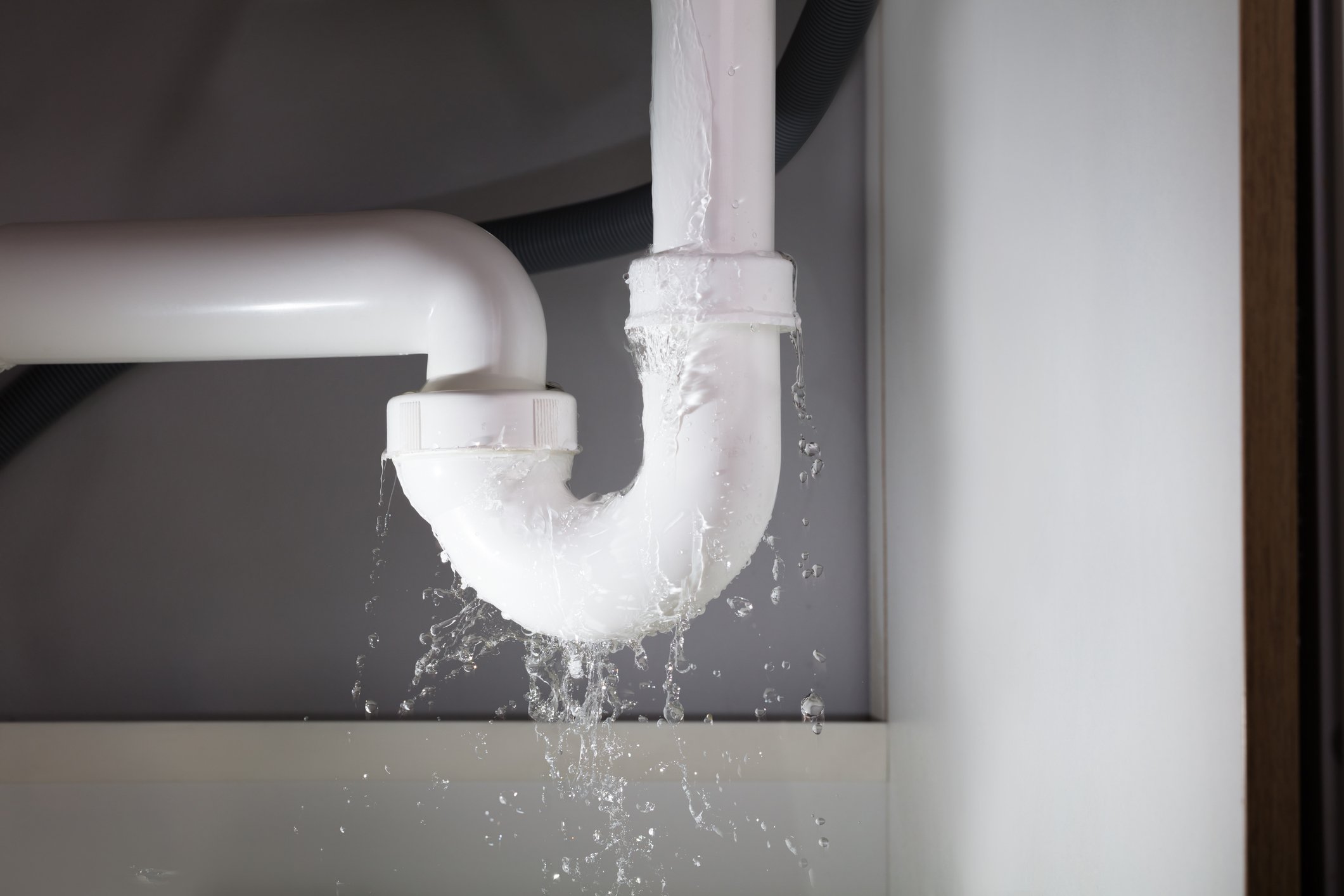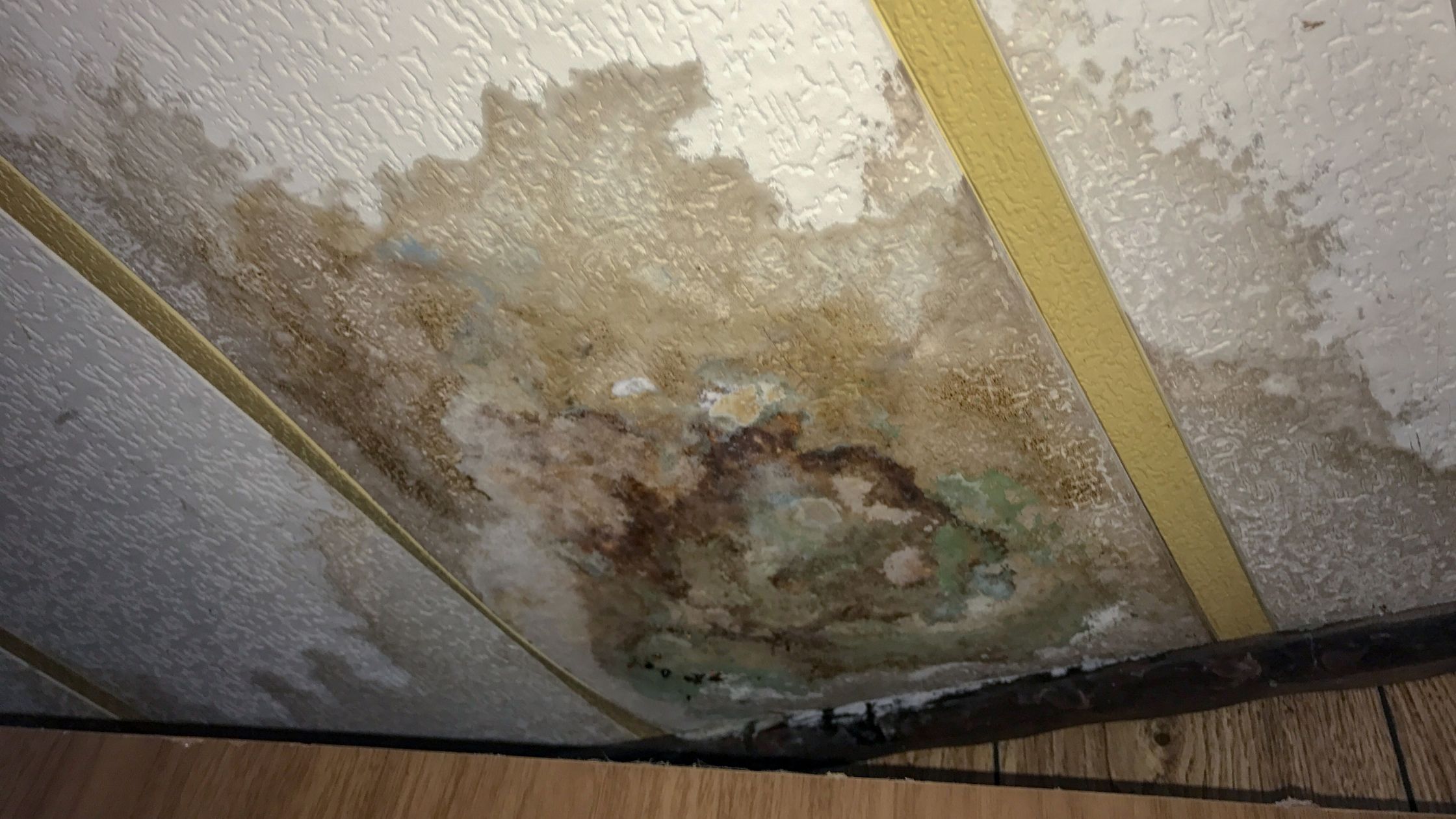What Moisture Results in Bathroom Water Harm
What Moisture Results in Bathroom Water Harm
Blog Article
Almost everyone has got their private thinking with regards to How to Repair and Prevent Bathroom Water Damage?.

Water damage often takes place in the shower room due to the water used day-to-day. Often, the damage could be a little mold and mildew from the shower. Other times, it's large damage on your floor. Whatever it is, it is constantly great to recognize the cause as well as stop it prior to it happens.
This overview will undergo a few of the usual root causes of water damage in the washroom. We will certainly also examine what you can do to prevent these causes from damaging your bathroom. Let's dive in.
These are the common reasons you would have water damage in your washrooms and how you can identify them:
Excess Moisture
It's cool to have that lengthy shower and dash water while you dance around and imitate you're carrying out, however occasionally these acts can create water damage to your restroom.
Sprinkling water around can trigger water to head to corners and create mold and mildews. See just how you spread out excess wetness around, as well as when you do it, clean it up to prevent damages.
Splits in your wall surface ceramic tiles
Bathroom wall surface ceramic tiles have been specially made for that function. They protect the wall surface from moisture from individuals taking showers. Nevertheless, they are not unbreakable.
Sometimes, your washroom wall floor tiles split and enable some moisture to seep right into the wall. This might possibly destroy the wall if you do not take any action. If you observe a split on your wall ceramic tiles, repair it instantly. Do not wait till it damages your wall surface.
Overflowing bathrooms as well as sinks
As people, occasionally we make errors that can trigger some water damage in the washroom. For example, leaving your sink tap on might trigger overflowing as well as damage to other parts of the restroom with dampness.
Also, a malfunctioning bathroom could create overflowing. For instance, a busted toilet manage or other parts of the cistern. When this occurs, it might damage the floor.
As soon as you discover an overflowing sink or commode, call a plumbing to aid take care of it promptly.
Burst or Dripping Pipes
There are lots of pipelines bring water to various parts of your restroom. Some pipelines take water to the toilet, the sink, the faucets, the shower, and also numerous various other areas. They crisscross the small area of the washroom.
Every now and then, these pipes could obtain corroded and also burst. Other times, human action might create them to leakage. When this happens, you'll find water in the corners of your restroom or on the wall.
To identify this, keep an eye out for gurgling wall surfaces, mold and mildews, or mold. Call a professional emergency plumbing to fix this when it happens.
Roof Leaks
Sometimes, the problem of water damage to the bathroom might not come from the bathroom. As an example, a roof covering leak can trigger damage to the bathroom ceiling. You can find the damage done by looking at the water stains on the ceiling.
If you find water stains on your ceiling, inspect the roofing system to see if it's harmed. After that, call an expert to assist resolve the concern.
Conclusion
Water damage to your restroom can be bothersome. Nevertheless, you can handle it if you avoid some of the reasons mentioned in this guide. Call a specialist emergency plumbing professional if you see any serious damage.
How to Prevent Water Damage in Your Bathroom?
Water damage repair is an expensive, meticulous, and lengthy process. Unfortunately, bathrooms are the most susceptible rooms to water damage due to toilets, showers, and sinks. Pipes and fixtures wear out over time and are not immune to damage. But all is not lost, as there are ways to prevent water damage from occurring in your bathroom.
Check Your Plumbing
Nothing lasts forever, especially pipes, which can rust and begin leaking over time. You should periodically conduct pipe inspections and pay attention for any musty smells or water stains that may indicate you need water damage repair. Here are some things to check:
Frequently test valves for your toilet, shower, and sink to ensure they are properly working. Check faucet supply lines hidden under vanities and replace when needed. Replace cracked or deteriorating caulking along sinks, tubs, and showers. If you notice a clog in your sink, call in a professional. Since you can’t check the pipes in the wall, keep an eye out for stains, drywall bubbling, musty smells, and excess moisture; if the bathroom is on a second level, check the ceiling of the room directly below for these signs. Don’t Overwork Your Toilet
One of the most common reasons bathrooms need water damage repair is due to overflowing toilets. Save yourself the hassle of cleanup by being mindful and not pushing your toilet to extreme limits. If you have young children, it is especially important to keep an eye on them when they are in the bathroom and to teach them how to avoid clogging the toilet. Here are some more tips to help prevent your toilet from overflowing:
If you have a septic tank, only use septic-safe toilet paper Do not flush anything down the toilet besides toilet paper; items like diapers and sanitary napkins will clog the piping Pay attention to your toilet’s water level: If it’s low, it could mean it is partially clogged or that there is a crack in the toilet bowl https://www.alure.com/home-improvements-blog/resources/how-to-prevent-water-damage-in-your-bathroom

I came across that blog post about How to Repair and Prevent Bathroom Water Damage? while doing a search on the search engines. Those who enjoyed our blog entry please make sure you remember to pass it around. I praise you for your time. Visit again soon.
Professional approach assured. Report this page